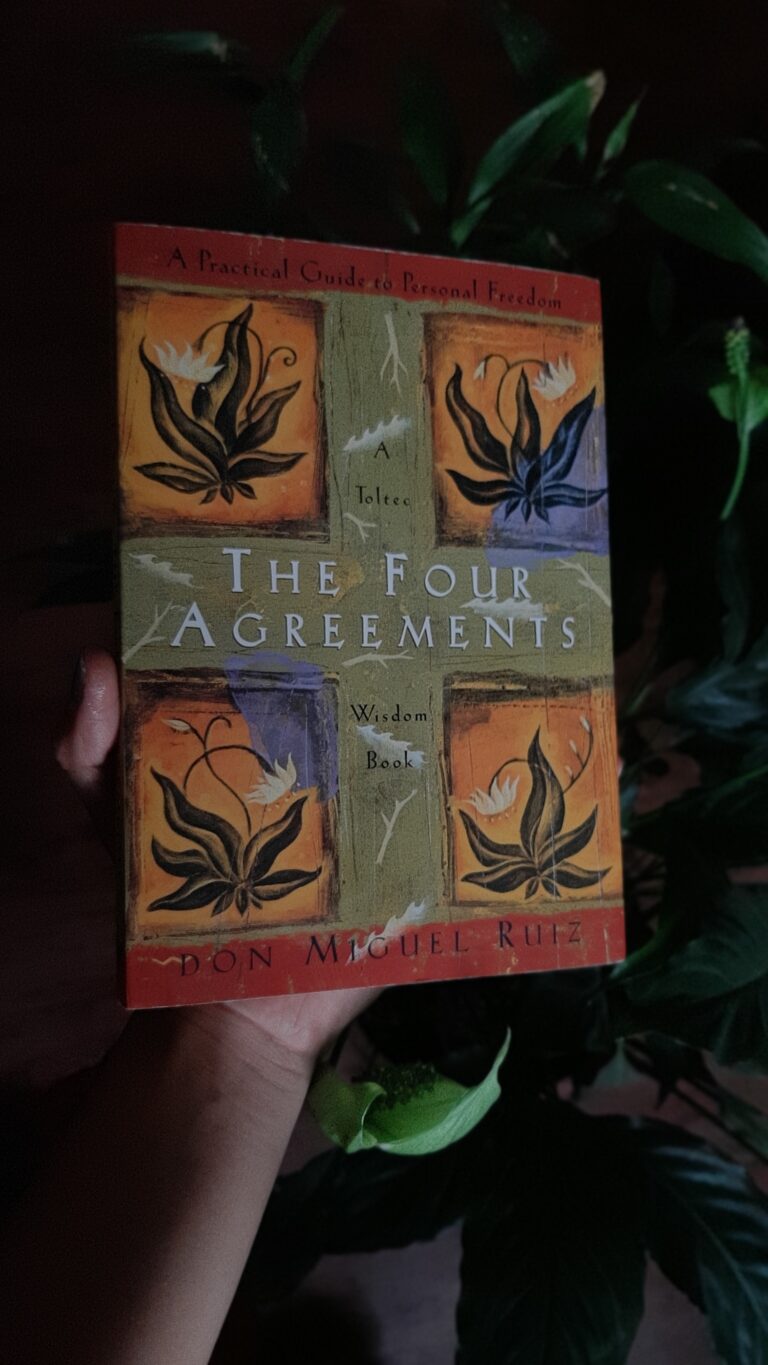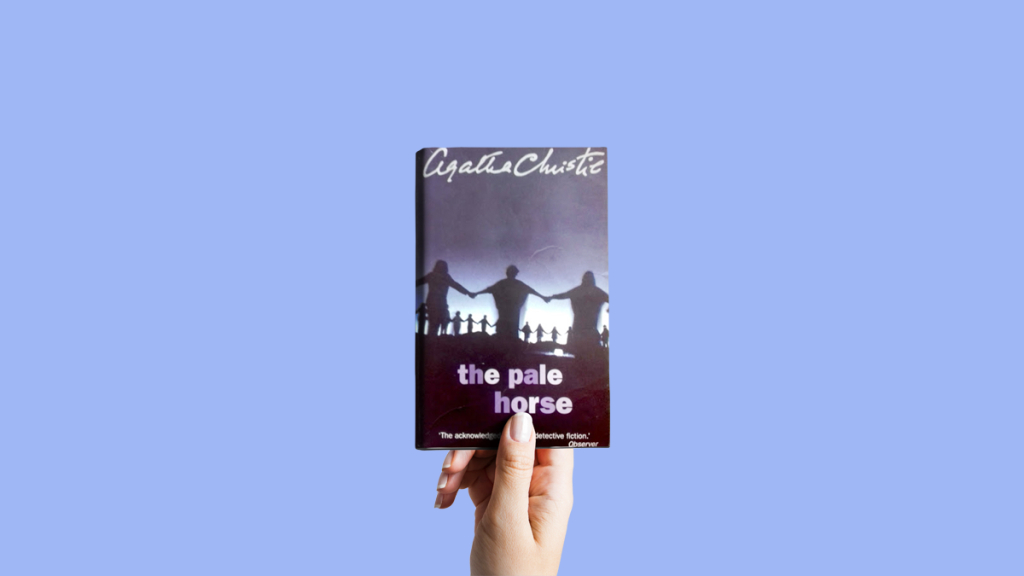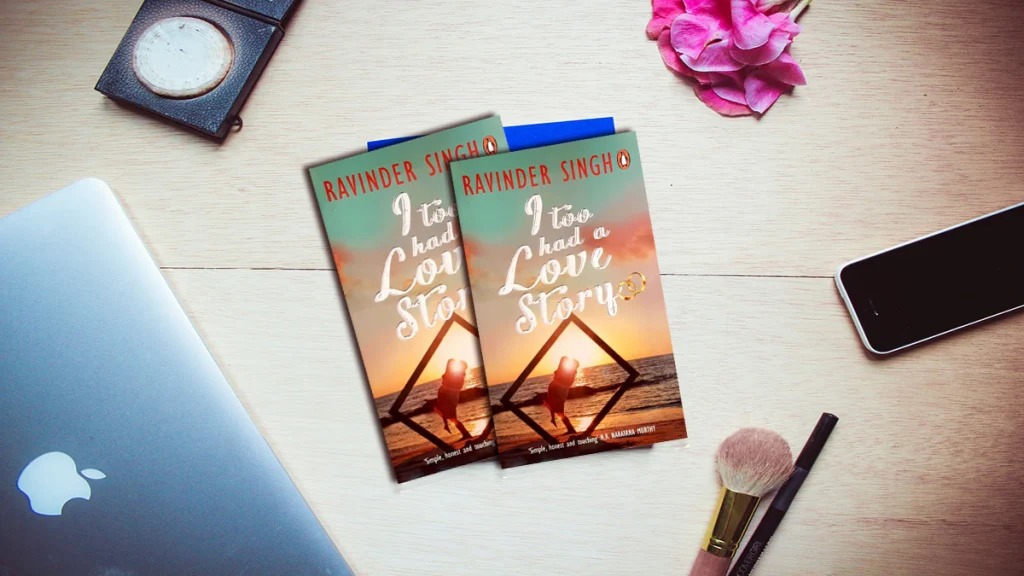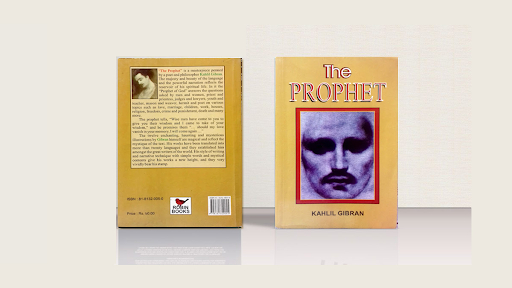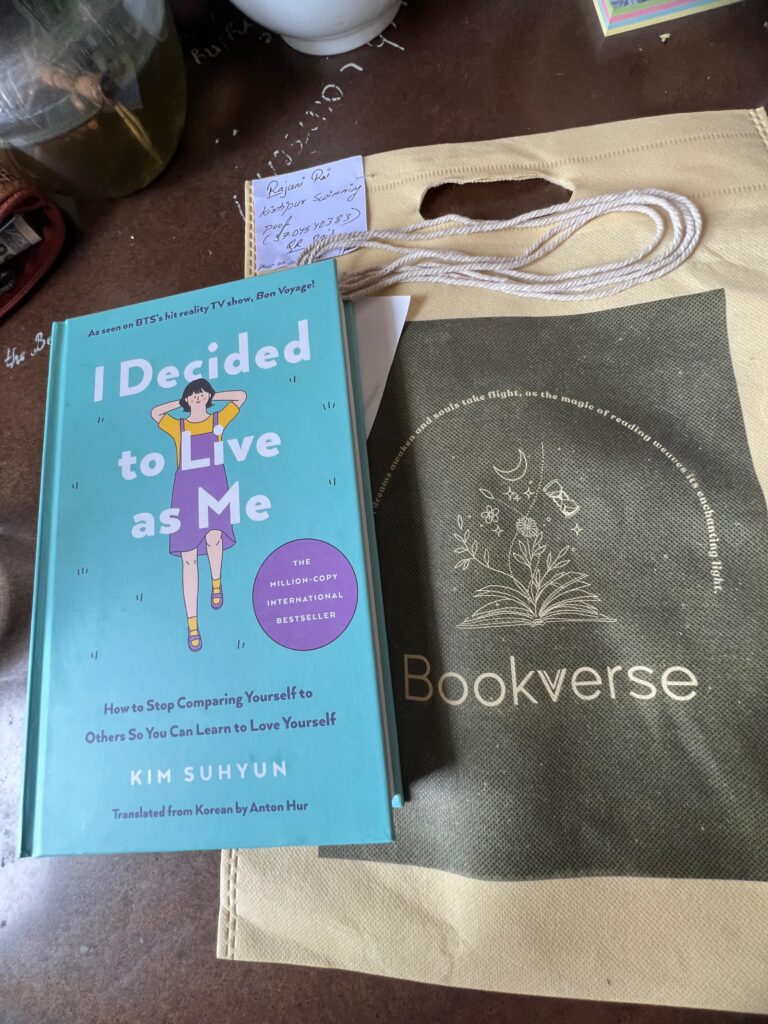Damini Bhir is a wonderful novel written by the popular Nepali writer Rajan Mukarung. This novel is one of the Madan Prize-winning books. The writer has described the cultures, traditions, thoughts, psychology, pains, and sorrows of the people of eastern Nepal. In particular, he has reflected the Rai culture or Mundumi culture in this novel.
Rai is one of the indigenous castes of eastern Nepal. They have their own language, culture, religion, and festivals. Since people from other castes are often in high positions in Nepal, indigenous castes like the Rai are slowly vanishing. Their languages and cultures are disappearing. So, I think the writer has written about the Rai culture to remind the new generation.
He has also written about the lifestyle of people in the eastern hilly region. He shows the sorrows and struggles of these people who are trying to survive with the pain of Damini Bhir. Actually, Damini Bhir is a Nepali phrase that means Damini hill. The writer has used many characters in the novel, each with their own story—like Kanchha, Lachhi, Namdeng, Hangdima, Paruma, and others.
At the beginning of the novel, all the villagers are working together to destroy a strong hill to make a road. While resting, they remember different life experiences. Each of them has their own story of struggle. However, I want to summarize the stories of two characters: Lachhi and Kanchha.
Lachhi is the daughter of a Damai family, which is a very low caste or “untouchable” caste in Nepali society. She was beautiful, brave, and smart. At an early age, she fell in love with Chetan, the son of the chief family in the village. Though their status and culture were very different, they were in love.
One day, they made love and she got pregnant. Chetan told her he loved her very much and promised to marry her. But after she became pregnant, he went to the city, saying he wanted to study. In Nepali society, being pregnant without marriage is a terrible situation for a woman. Her family was shocked. Everyone knew Chetan was the father, but no one said anything because he came from a rich and high-caste family.
Some people suggested she abort the child; others told her to marry someone else. But Lachhi chose neither. She promised herself that she would raise the child on her own. She gave birth to a baby boy. She felt a little happy and waited for Chetan. However, Chetan never returned until seven years later.
The second story is about Kanchha. He is from a Chhetri family, which is a high caste in Nepal. He had married a beautiful girl, but she died after giving birth to their son. After that, Kanchha lived alone with his child.
Both Lachhi and Kanchha were in similar situations. The only difference was that Kanchha’s wife had died, so there was no hope of her return. But Lachhi still had hope, since Chetan was alive. Kanchha and Lachhi shared a deep emotional connection. Kanchha proposed to her, but Lachhi still hoped Chetan would return. So, they lived like best friends.
Later, Lachhi and some villagers went to a protest. There, she met Chetan—not her beloved Chetan, but a singer with the same name. The villagers called Chetan to talk about his past with Lachhi. In front of everyone, he said sorry. After hearing that, Lachhi felt relieved. She told him that she had lived for more than six years without him, and she could live the rest of her life without him too. Then, she married Kanchha, whose love was pure and real—unlike Chetan’s.
This is one of the best books I’ve read. If you read it, you will understand the life of ordinary people in Nepal. It’s very interesting because it includes many different stories. So, I think everyone who is interested in real-life stories and ordinary lives should read this book. It also gives a voice to those people who are often ignored by society. 🙂


